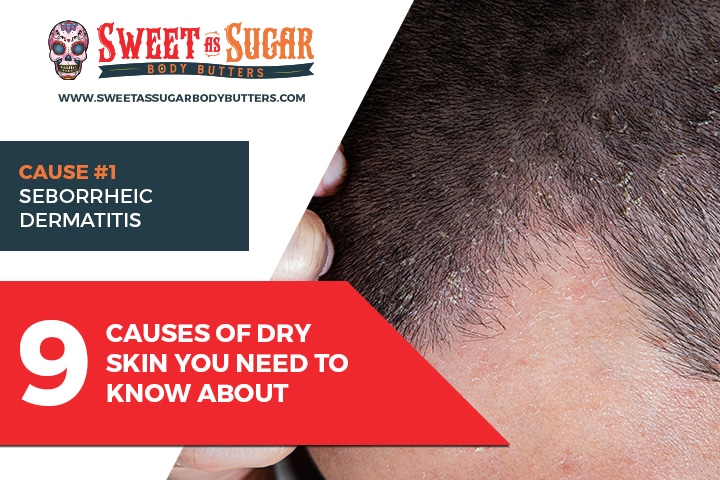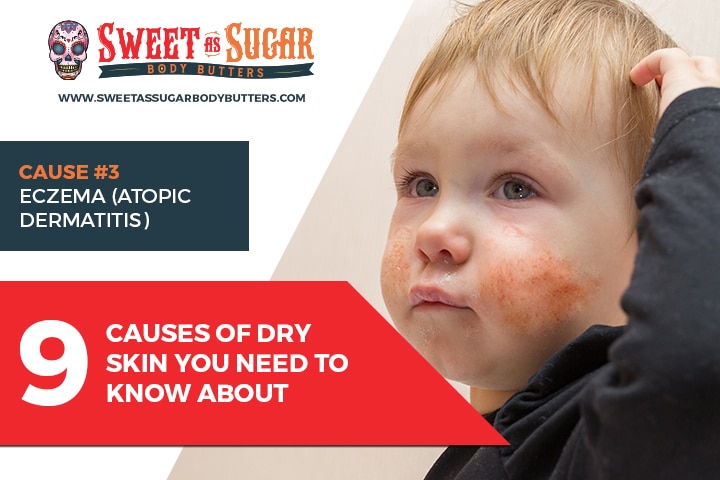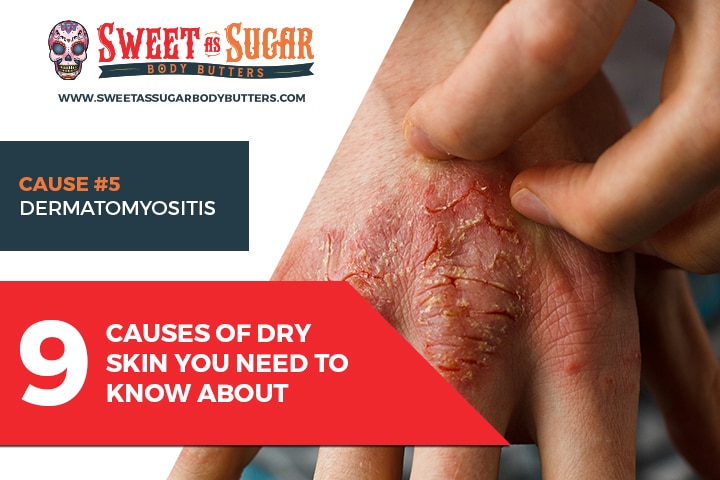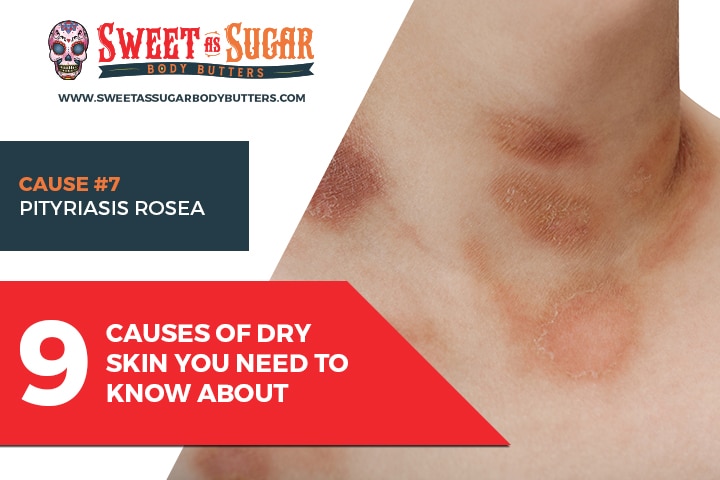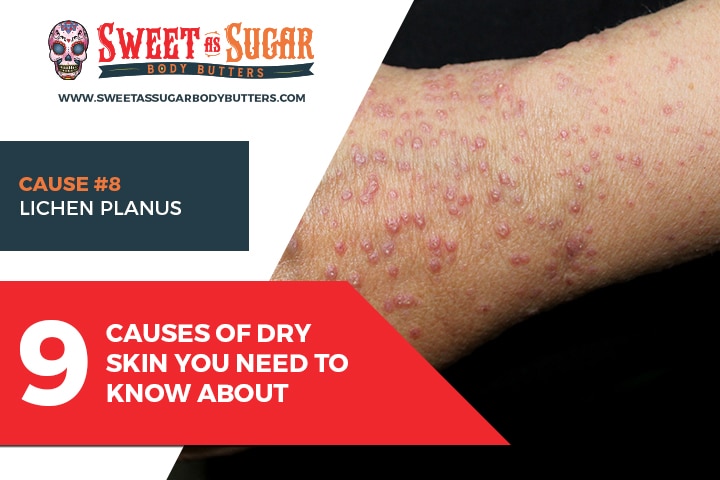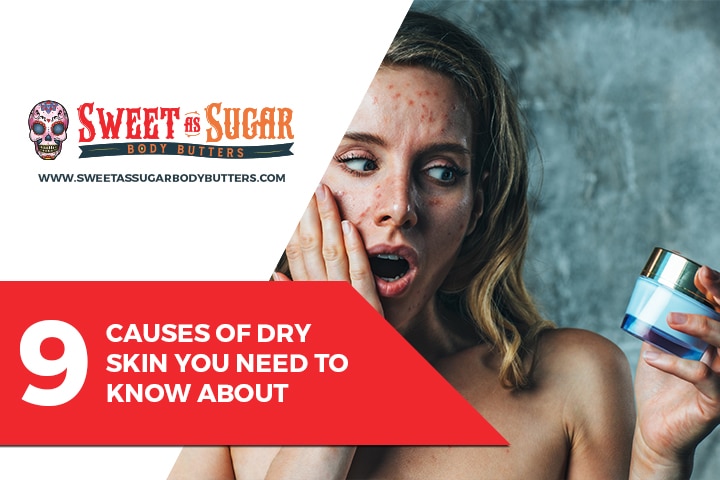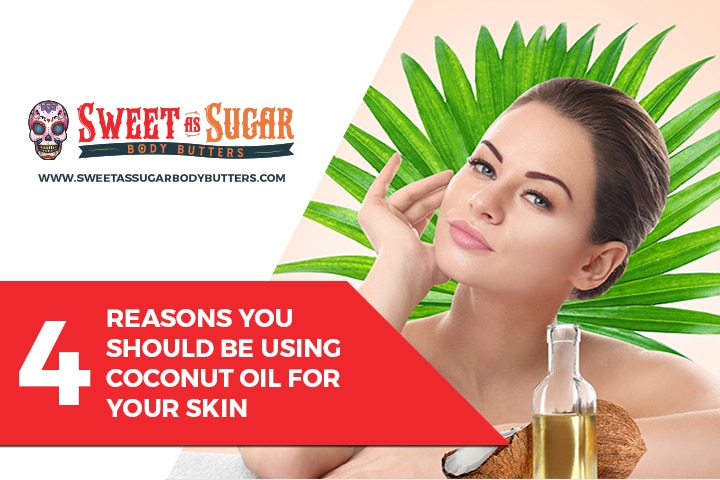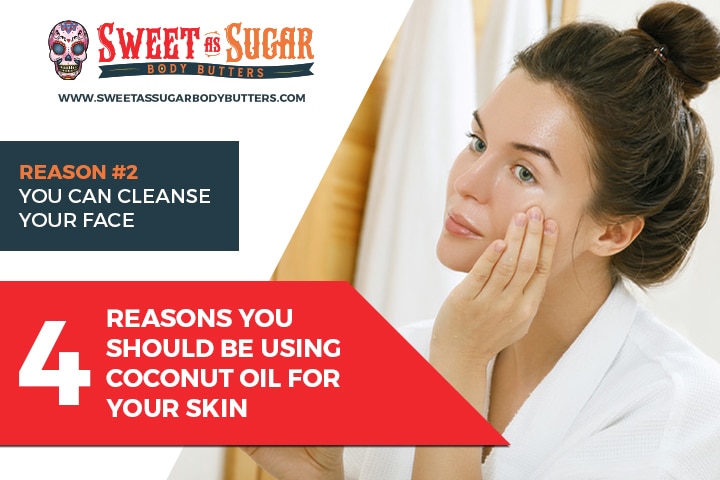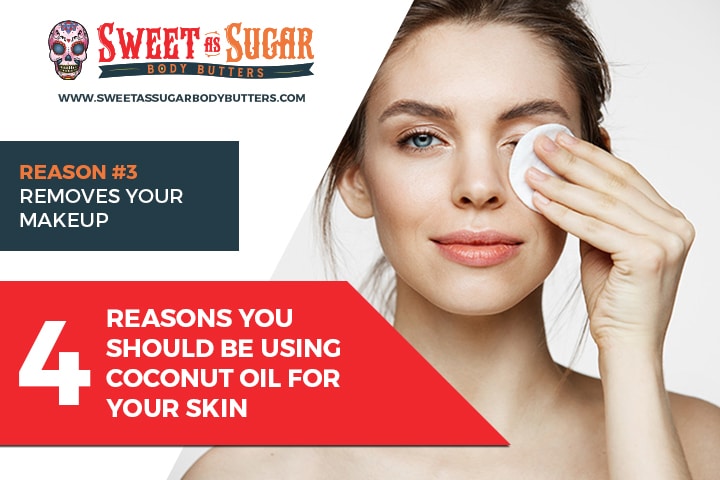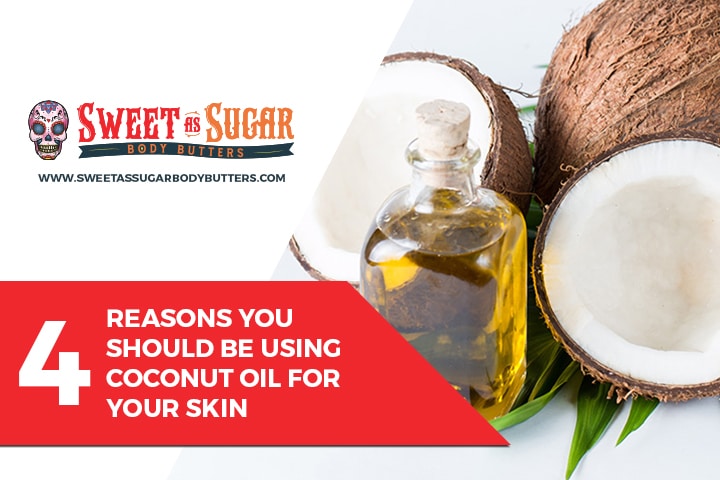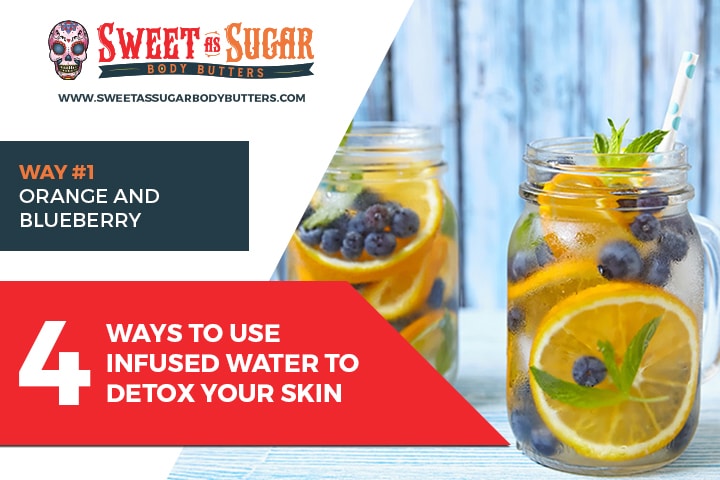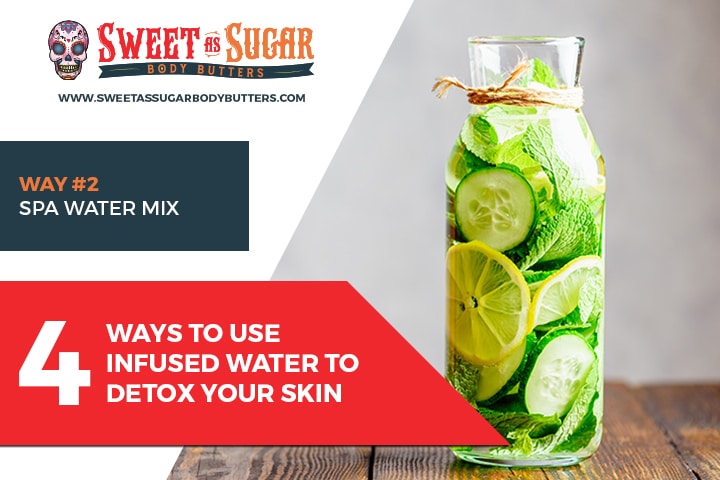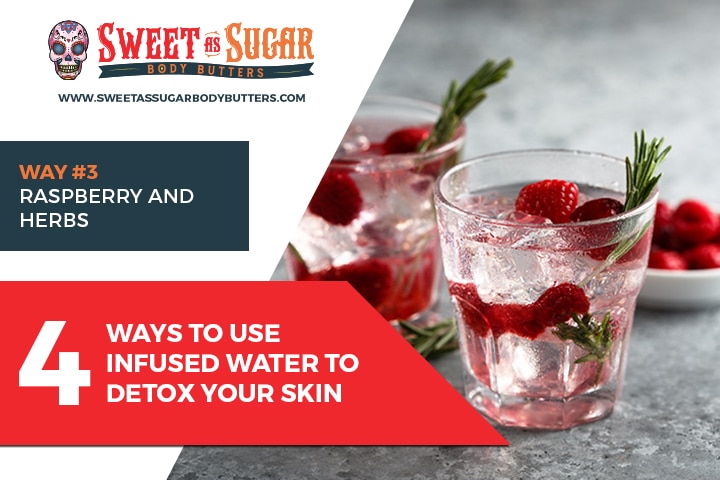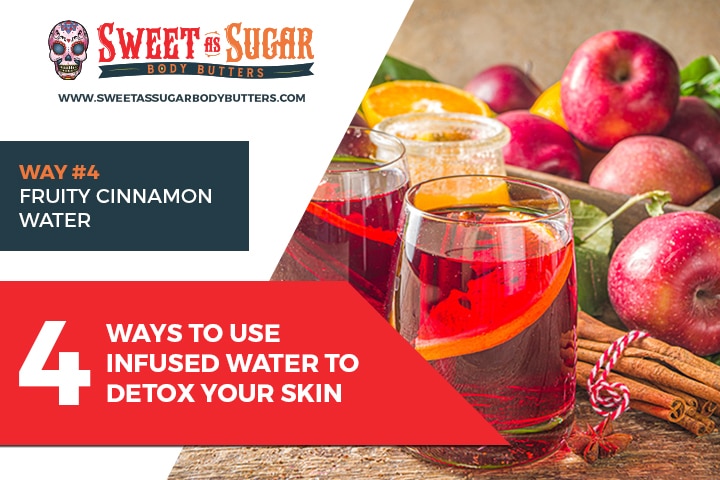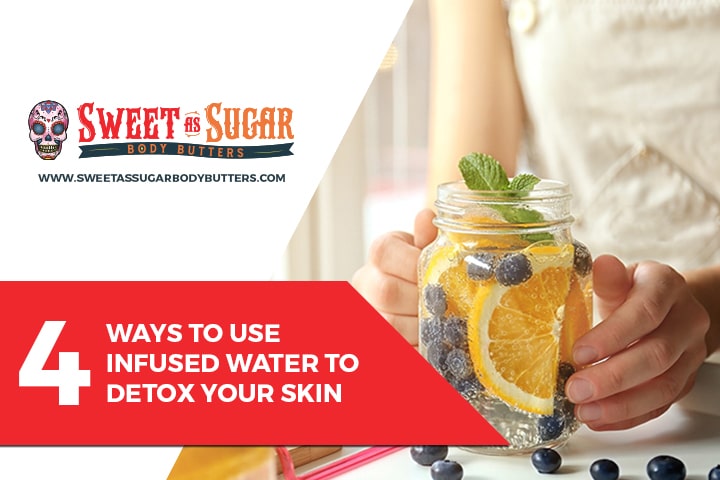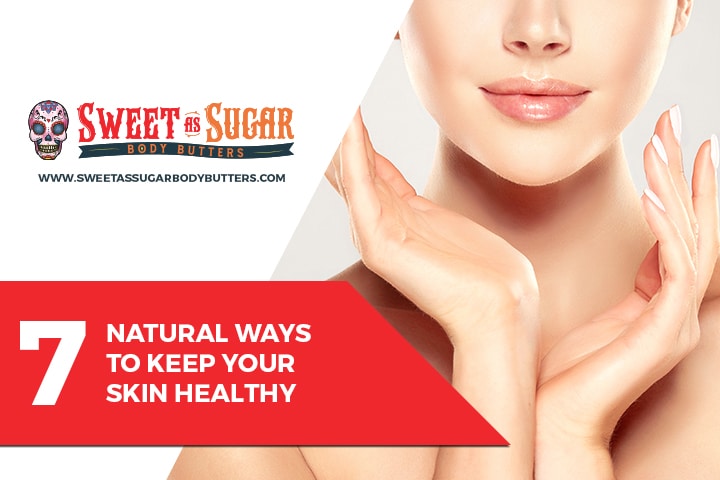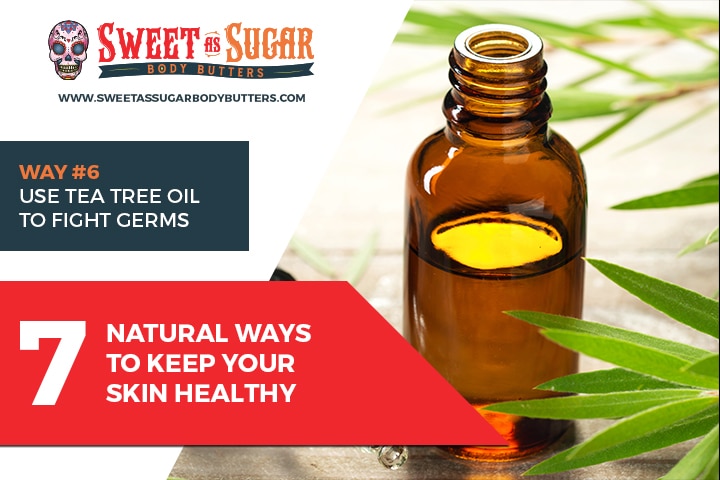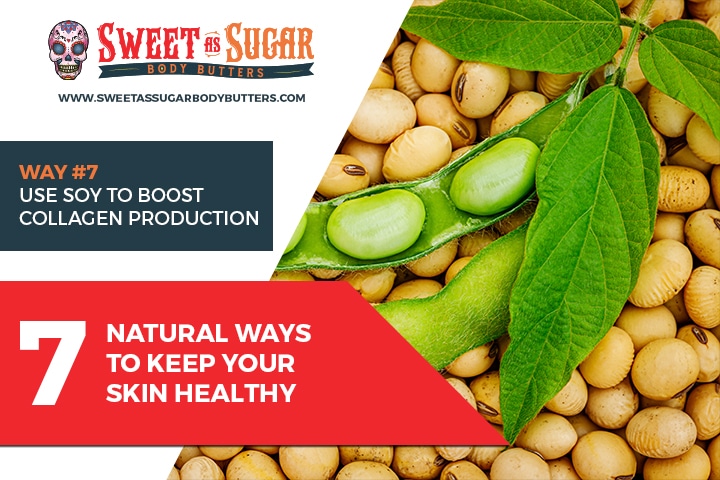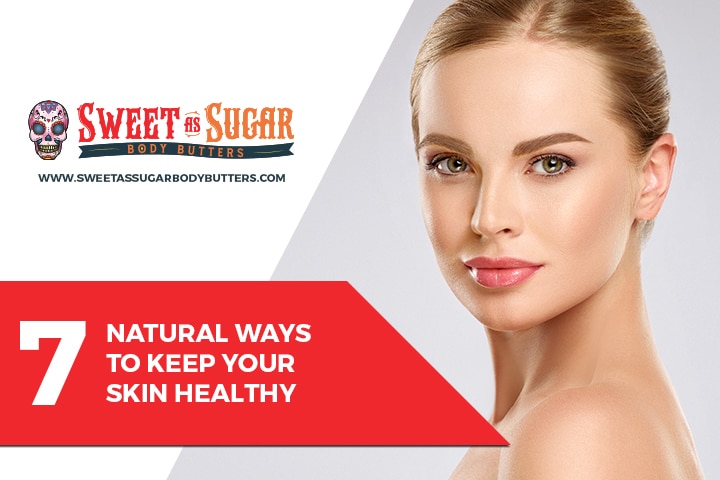
You may not think of honey when considering products for skincare, but it would be a good idea to do so. There are amazing healing properties contained in honey. In addition, it contains antibacterial and anti-inflammatory properties. Various skin conditions, like acne and eczema, can be treated with honey. We will look into the benefits of using honey for your skin in this article.
The first thing we’ll explore is eliminating acne and exfoliating your skin using honey. How to treat oily skin is the next thing we’ll discuss. Next, we will go over putting a stop to infections and finish up with using it as a cleanser. You will be able to make use of the benefits that honey offers for your skin after you have familiarized yourself with the ideas in this article. You can use it on your face in five different ways.
1 Get Rid Of Acne

Is acne something you have? The main cause is bacteria that clog your pores and not just the extra oil that may be on your skin. Putting raw honey directly on pimples and acne that appear on your face can treat it. Leave it on for about ten minutes before rinsing it off.
There are various ways to treat acne problems by using honey. It is an ingredient that is effective as a cleanser, mask, or face scrub when applied to the area that is affected by acne. You will be able to make your skin glow and keep a clearer skin through the regular application of honey.
2 Exfoliate Your Skin

As you may be aware, exfoliating not only removes dead skin cells but cleanses the skin as well. There are homemade and store-bought products that you can use. When making an exfoliator, honey is an excellent choice.
You can make an exfoliator by adding some jojoba or coconut oil to some baking soda and raw honey. Apply to the face and gently scrub. Remove it by rinsing with tepid or cool water.
3 Treat Oily Skin

Utilize raw honey to prevent breakouts if you struggle with skin that is oily. Try making a mask using honey and add some additional ingredients that are natural. Go for something that has salicylic acid, which is more natural than manufactured products, such as strawberries. You can add honey to mashed strawberries or turn it into a scrub by adding a small amount of baking soda.
Honey can keep the skin moist and not oily because it is a natural humectant. This is due to the fact that humectants draw moisture from the lower layers of the skin and don’t replace it. If you have oily skin or acne, put a thin layer of raw honey on your face, then let it dry for approximately ten minutes, and rinse it with warm water thoroughly.
4 To Prevent Infections
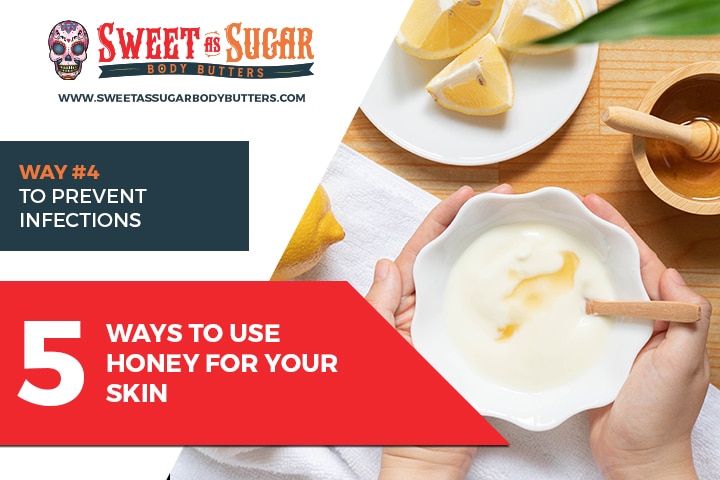
One of the health benefits of raw honey is that it has antibacterial properties. If you have an infection or are prone to skin infections, treat it with a small amount of raw honey. For an antibacterial, you can make a honey compress by putting honey on a damp cloth, patting it on, then letting it sit on your skin, and rinsing it off completely. Make sure to use applicators, like cotton tips and sterile gauze, and your hands should be clean as well.
First, put honey on a sterile dressing and then place it on the skin. Applying honey directly to the skin can be messy, so it helps to apply it to the dressing before applying it to the face. There are also dressings that have been impregnated with honey that you can purchase.
5 Use It As A Cleanser

Did you know that honey can be used as a cleanser for your skin? Even if it sounds counterproductive, raw honey has properties that work as a skin cleanser. It cleans your pores as well. The honey that the grocery store has is full of sugar, so make sure that you are buying raw, locally sourced honey.
It is difficult to cleanse your skin with honey alone because it is very thick. Add an oil, like coconut oil, and mix it with honey until you get a consistency that is spreadable on your face. Massage it in, then rinse it off.

Honey isn’t something you normally think of when it comes to skincare. When it comes to your skin, honey provides many benefits. It’s not only antibacterial but anti-inflammatory, too. It treats many skin issues because it has fantastic healing properties. We looked into the many uses of honey on the skin in this article.
The first thing we did was to go over the elimination of acne as well as the exfoliation of your skin using honey. Then, we talked about how to treat oily skin. Following that, we discussed how to put a stop to infections and finished up with its use as a cleanser. You will be able to receive the benefits that honey has for your skin now that you have familiarized yourself with the ideas in this article.


